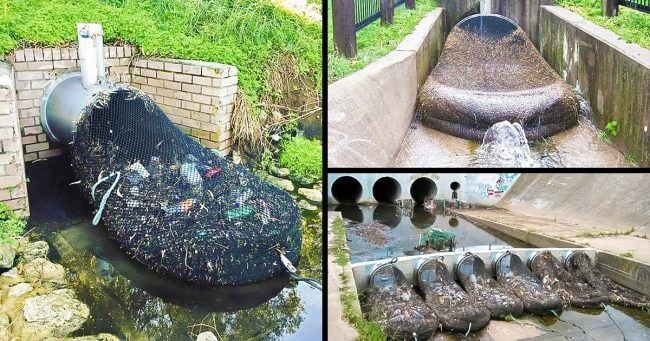
Plastic pollution is a major problem today because it has adverse effects on our environment, our health and our food.
According to National Geographic:
"Every year, about 18 billion pounds of plastic waste arrives in the world's oceans from coastal regions. That equates to about five plastic garbage grocery bags stacked on every foot of the planet's coast.

All this plastic harms creatures living in the ocean, coral reefs drowned in turtle sacks choking on straws, whales and starving seabirds because their belly is so crowded with pieces of plastic that there is no room for real food.
New research is emerging rapidly on the possible long-term impacts of tiny pieces of plastic on the marine food web, raising new questions about its potential impact on human health and food security.
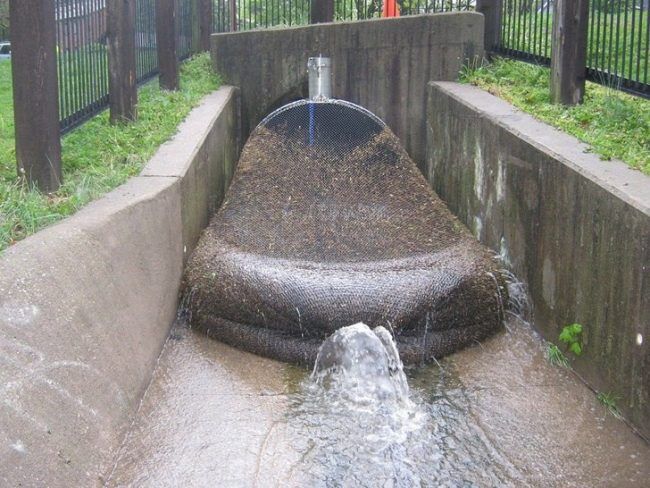
About 40% of all plastic produced is used in packaging, much of which is used once and then thrown away. Less than a fifth of all plastic is recycled, although many countries and companies are looking for innovative solutions to increase that number. "
This summer, the authorities of the Australian city of Kwinana have installed a new incredibly simple and extremely beneficial filtration system in the Henley reserve. Namely, a net is placed at the outlet of a drainage pipe that captures large debris and thus prevents environmental contamination.
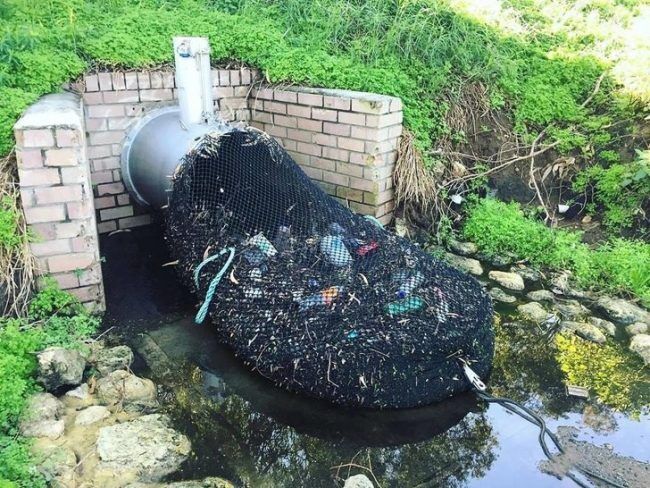
Drains drain water from residential areas to natural areas, so litter and litter can be harmful to the environment. In addition, they are often washed away by heavy rains, which drive the waste to drainage systems.
At first, the city authorities installed two nets, which managed to collect more than 350 kilos of waste in a few weeks. They decided to install such "traps" throughout the city and reduce the pollution of wildlife and its environment.
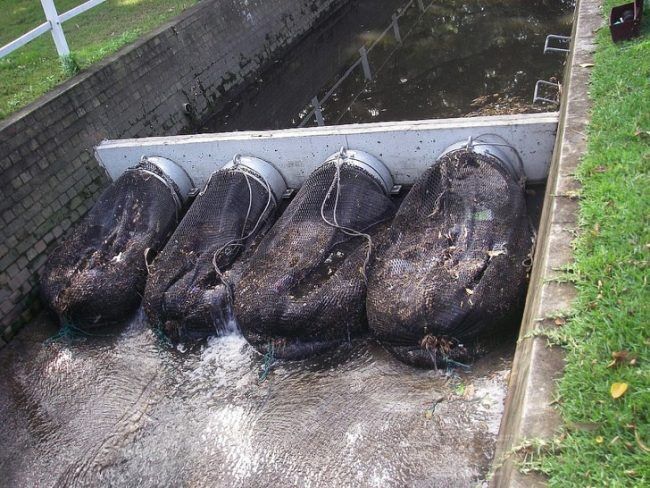
Their installation and manufacture are expensive (about $ 10,000 per net), but the system as a whole is quite cost-effective because it saves a lot of money.
The nets are lifted when they are full and the garbage is thrown into special garbage trucks that are sent to a waste sorting center where they are separated into non-recyclable and recyclable materials. Then the nets are put back on the drainage outlets.
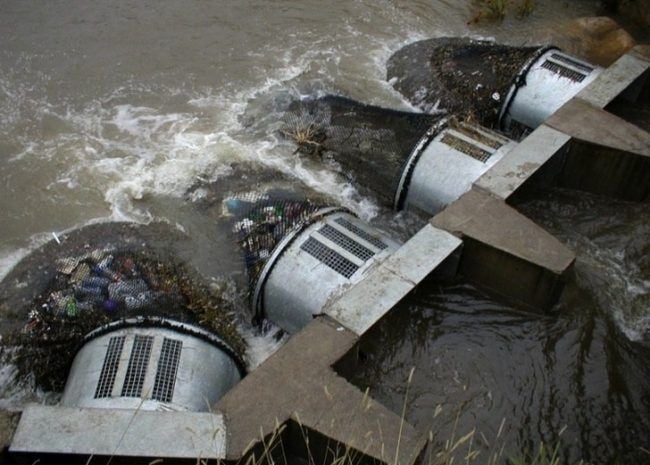
This filtration system is another proof that even small things can make all the difference and help us improve our living conditions while protecting our environment.



No comments:
Post a Comment